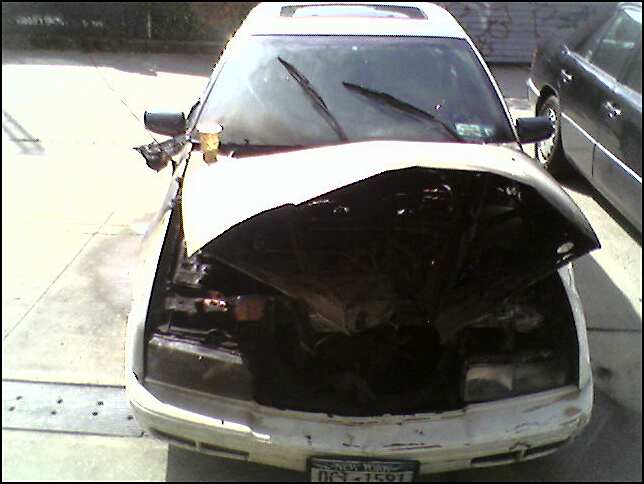A new report from the U.S. Public Interest Research Group tracks driving rates across the US—and finds that driving per capita has fallen for eight straight years:
After sixty years of almost constant increases in the annual number of miles Americans drive, since 2004 Americans have decreased their driving per-capita for eight years in a row. Driving miles per person are down especially sharply among Millennials, America’s largest generation that will increasingly dominate national transportation trends.
Diving into the numbers a bit, the trends in the Pacific Northwest are particularly noteworthy. By the author’s estimates, Oregon saw the steepest driving declines of any state in the country: a 18.3 percent dip from the all-time peak. Washington’s decline, a mere 8.9 percent, seems tepid in comparison. Idaho outpaced Washington with a 10 percent drop in miles driven per person.
Slightly farther afield in the Northwest, Alaska saw a 16.8 percent decline, and Californians trimmed their per-capita driving by 7.9 percent. Montana trailed the pack, with a 3.6 percent dip.
Also of note: Washington, Oregon, and Idaho were all at the forefront of the driving reduction trends, with miles driven per person peaking way back in 1999. There were a few scattered states that matched that record, yet the Northwest as a region stands out nationally for its early progress in reducing driving.
The PIRG report also documents a curious fact: driving reductions weren’t closely correlated with the economic downturn. Neither unemployment rates by state, nor the share of people employed, nor national GDP closely correlate with driving trends. This corroborated something we’ve noted many times before: total driving on state roads in Washington and Oregon flat-lined long before the economy faltered.
What this suggests, perhaps, is that the decline in driving is only partially related to the shaky economy. Other trends—from gas prices to demographic shifts to cultural trends—are also at play. And if those other forces hold up, there’s every reason to believe that driving rates will continue to hold steady, or even decline further, even if the economy surges.
That all suggests the need for a reset in how we think about transportation investments: how many new roads will we really need—and more importantly, how many can we afford—in a world of stagnating driving and falling gas tax revenues?


Comments are closed.